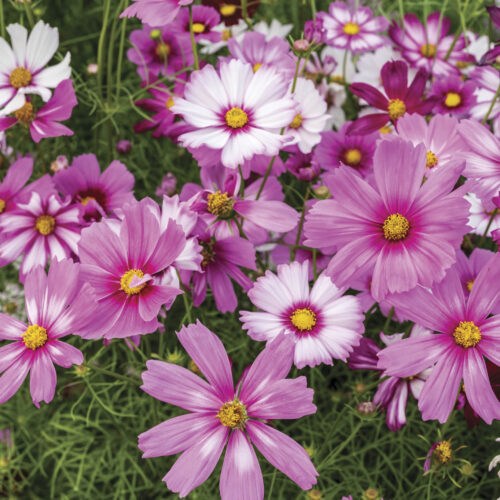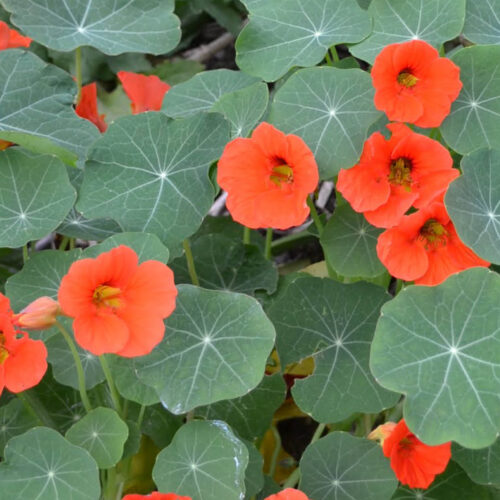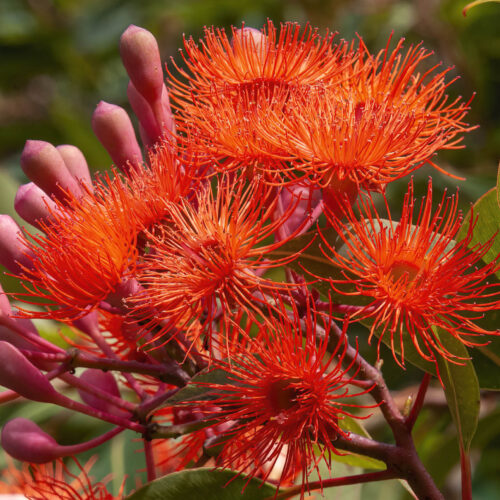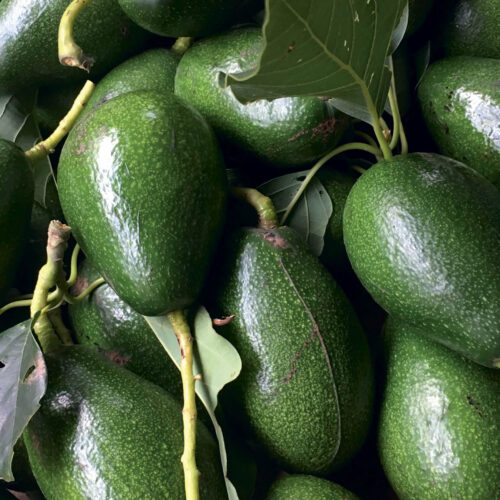Shimmering salvias
2017-07-18T04:35:12+10:00
Penny Woodward says she wouldn't be without these surperb ornamental salvias in her garden.
Ornamental salvias
Salvia are a diverse and exciting family of plants and I wouldn’t be without them in my garden. When we moved to our coastal garden, Salvia chiapensis with its delicate fuchsia-coloured blooms, was in full flower and it’s been in flower ever since. Not all salvias flower for such a long time but with colours ranging from deep velvet purples and blues right through rich reds, pinks, yellows and even brown, no garden should be without at least a few. With a bit of planning, it’s possible to have salvia in flower in the garden all year round and several of mine are looking spectacular at the moment. Also, if you live in a frost-free region, then there are many individual plants that will flower right through the year. Salvias are one of the largest genera in the world with more than 900 different species and almost as many cultivars and varieties.
Given their good looks, ease of cultivation and drought tolerance it’s surprising that salvias are not more widely grown. When we moved I started by planting common sage because it is such an essential plant for cooking and medicine, but then I added other salvias whose flowers can be eaten, including S. gesneriiflora ‘Tequila’ (with beautiful black-and-red flowers) and those that just look stunning such as S. ‘Costa Rican Blue’. No matter what the position or your climate, it’s possible to find salvia to suit it.
Aromatic salvias
Many salvias are aromatic with a high oil content in their leaves, and have been used in medicine or for cooking all over the world. Those salvias with strongly scented leaves also seem to be unattractive to grazing animals such as rabbits, possums and even kangaroos. As well, many leaf-eating and sap-sucking insects are repelled by the scent, making the strongly scented salvias useful companion plants in the garden, as they confuse and repel pests. I grow some strongly scented salvias near the vegetable garden and under fruit trees, where they repel pests but also attract bees to help with pollination.
Food sources
In their natural habitats salvias are important sources of nectar for birds, bees, butterflies and insects. Birds also feed on their seeds. In America, salvias are essential to the tiny hummingbirds that feed on them. In Australia, the same salvias attract honey-eaters and spine bills who delight in their nectar. My pineapple sage lures the beautifully marked eastern spinebills to my garden right through winter. Other local birds come to feed on salvia seeds and the insects attracted to the flowers. Blue and mauve flowered salvias also attract butterflies.
What do they need?
It’s risky to generalise about such a large group of plants, but as a general rule salvias are tough, drought- and frost-resistant plants that flower over a long period. Those that are affected by frost will often re-shoot in spring. Conversely many also do well in the tropics and sub-tropics.
Most also like full sun, although will still do well with partial shade or sun for only part of the day. Again, most salvias will survive long periods without water, but may look wilted and do not flower well. Grey-leafed forms are more drought tolerant than other forms. As a rule, water once a week is sufficient to keep most salvias thriving and flowering abundantly, even during the hottest weather.
Salvias don’t need heavy feeding, but top-dressing with compost and manure in early spring and mulching with pea straw, sugarcane mulch or something similar while the soils are still damp, will provide all the nutrients needed and retain moisture in the soil.
The only other care they need is to be cut back to encourage new growth and to shape the bush or clump. Herbaceous salvias are cut back after they finish flowering in frost-free areas, or in spring after the last chance of frost is over in areas prone to frost. Winter-flowering salvias such as S. gesneriiflora ‘Tequila’ and S. elegans (pineapple sage) can be knocked back by frost, cutting short the flowering period, but unless it’s very severe or prolonged, it won’t kill the plant. The plants will re-shoot in spring. Some species such as S. nemerosa can be cut almost to the ground. Bushy salvias are also trimmed after flowering to stop the bushes from becoming too woody, maintain shape and encourage new growth. All the smaller forms grow well in pots and can be moved around the garden to highlight a corner when in flower.
My top 5 ornamental salvias (for this week, next week I’d be likely to choose something different, like S.corrugata with chocolate-brown stems and deep blue flowers).
- Salvia gesneriiflora ‘Tequila’ because it is so vibrantly red in the middle of winter.
- Salvia microphylla (any cultivar) because they flower for so long.
- Salvia canariensis because of its vitality and charm.
- Salvia ‘Black Knight’ because of its superb deep violet flowers.
- Salvia ‘Discolor’ because it is so unusual.

.jpg)




